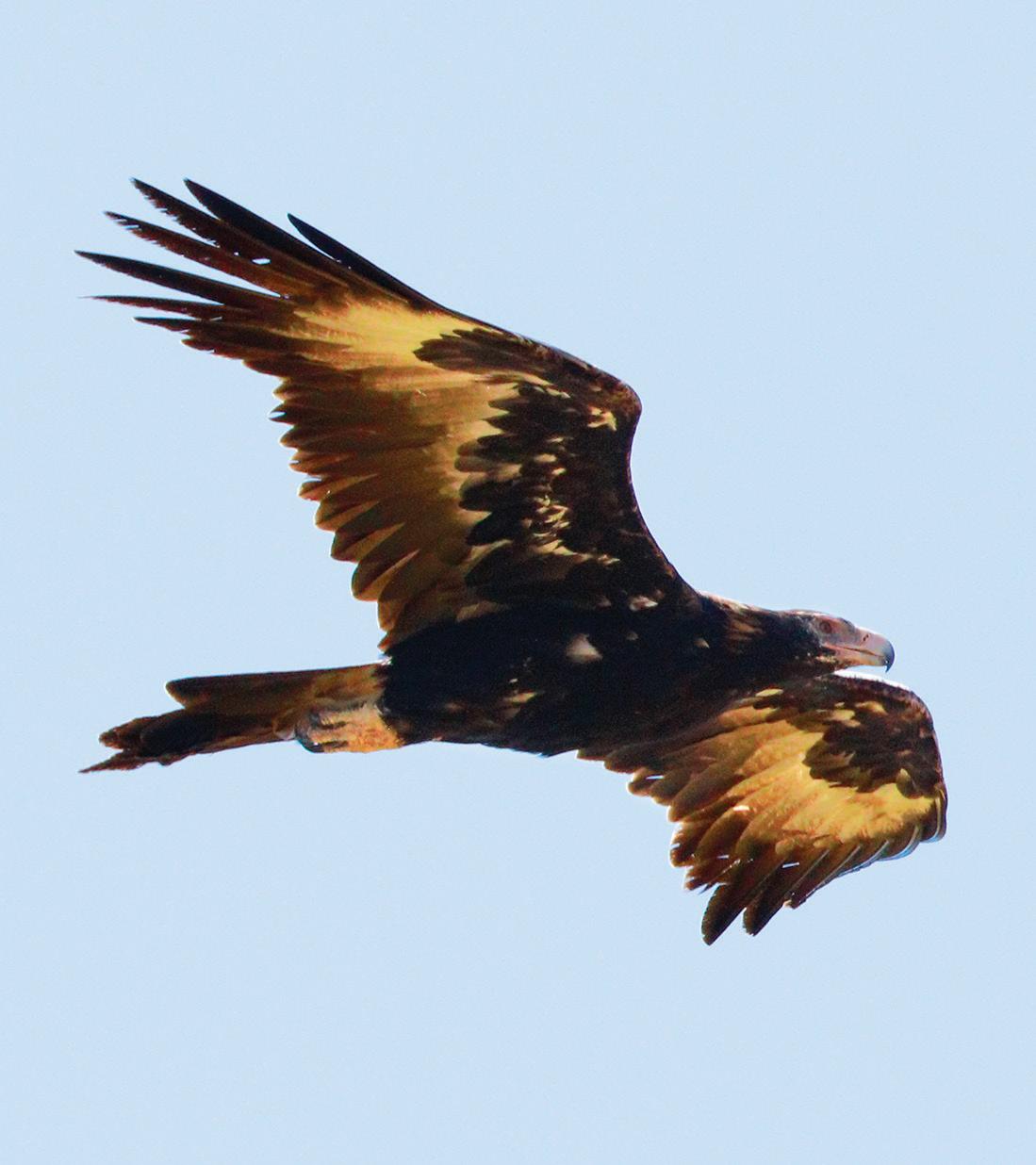
2 minute read
Nature through the eyes of iNaturalist
By Rob Armstrong
Take a walk on the Queens Domain at the right time of year and a keen eye will pick out tiny orchids emerging from underground, forming their insect-mimicking flowers.
A trip into Fern Tree’s wet forests can turn up stunning, iridescent blue fungi or even near-microscopic tardigrades, sometimes called water bears, foraging in moss. In the still waters of an alpine pool on kunanyi/Mt Wellington you might find a freshwater shrimp with an ancient lineage or catch the reflection of a flowering waratah. Hobart is a hub of biodiversity.
Learning more about Hobart’s incredible wildlife can be hugely rewarding and with reduced options for interstate and international travel, what better time to get to know your backyard?
And while there are many ways of connecting with and appreciating the nature of Hobart, all require a level of knowledge and understanding.
Introducing iNaturalist
So how do you learn more about Hobart’s biodiversity? Traditionally, people have joined groups like the Field Naturalists, visited local libraries and book stores for field guides and taken guided walks (or perhaps joined one of our Bush Adventures activities).
Now there is a new and powerful tool that helps you learn more about nature and how to contribute to conservation programs wherever you are, whenever you like. All you need is a smartphone and the iNaturalist app.
What makes iNaturalist so useful and appealing is its depth and breadth. It is a field guide, a connection to expert advice in your pocket, an image library and a way to contribute to something bigger as a portal to many citizen science projects.
Whether you are interested in flora, fauna, fungi, or the whole gamut of life that surrounds us, there’s something for every nature lover on iNaturalist.
So what are you waiting for? Download the app today and have a play. If you want to learn more about biodiversity and the iNaturalist app, look out for the Spring Bush Adventures program, which offers a range of nature activities for all ages.

Tasmanian wedge-tailed eagle.
Photo: Michael Roberts
Nature in the City
Did you know Hobart may be one of the only cities where Australia’s largest birds of prey, the Tasmanian wedge-tailed eagle (Aquila audax subsp. fleayi), can be seen soaring over the CBD during a lunch break? The Tasmanian wedge-tail is a subspecies, and the largest of all wedge-tailed eagles in Australia.
Or that southern right and humpback whales have been spotted in the Derwent taking a rest before completing their long journey south to Antarctica for summer?
If you could stand in the middle of the Hobart CBD and draw a circle with a radius of 10km around you, you would be surrounded by at least 7800 different species
At any moment, wherever you are within the City of Hobart, you are surrounded by nature.
This web of life is made up of billions of individual creatures large, small and microscopic, all living their unique and invaluable life among us.
LEARN MORE
• Bush Adventures: hobartcity.com.au/bushadventures
• iNaturalist: inaturalist.org

Tasmanian devils are one of the many incredible species that call Hobart's bushland reserves home.
Photo: Michael Roberts








